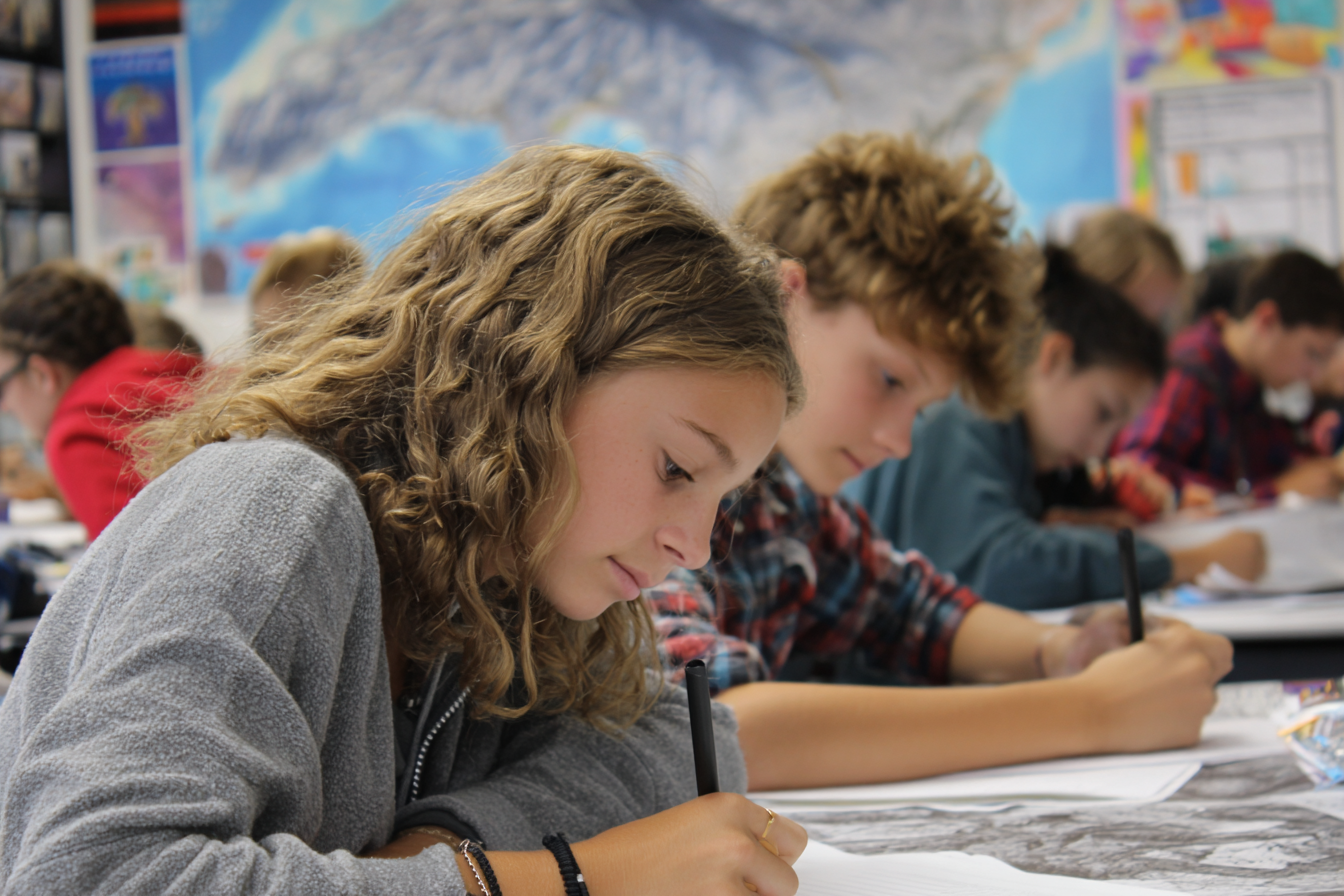Unit Plan 31 (Grade 7 Math): Geometry Power-Up—Scale, Angles, and Area/SA/Volume
7th graders integrate all geometry standards through scale drawings, triangles, cross-sections, circles, and 3D measurement. They create labeled diagrams, apply formulas for area, surface area, and volume, and verify reasonableness with correct units.

Focus: Integrated geometry tasks weaving 7.G.1–7.G.6; emphasize diagrams, units, and reasonableness.
Grade Level: 7
Subject Area: Mathematics (Geometry • Measurement • Modeling)
Total Unit Duration: 5 sessions (one week), 45–60 minutes per session
I. Introduction
This geometry power-up spirals the full Grade 7 geometry strand. Students work across scale drawings, triangle conditions, cross-sections, circles, angle relationships, and surface area/volume. The throughlines are: make a clear diagram first, choose and label correct units, and sanity-check answers for reasonableness.
Essential Questions
- How do diagrams, scale, and labeled units help me model real objects and spaces?
- What conditions determine a triangle uniquely, and how do slices of solids create 2D figures?
- Which formulas fit which shapes, and how do I know if my measurement-based answers make sense?
II. Objectives and Standards
Learning Objectives — Students will be able to…
- Create and interpret scale drawings; compute actual lengths and areas from a scale and redraw at a new scale.
- Determine when triangle side/angle conditions produce a unique triangle, more than one, or none; draw accurately.
- Describe cross-sections of right prisms and right pyramids and name the resulting 2D shapes.
- Measure or use given dimensions to compute circumference and area of circles and apply them in context.
- Use angle relationships (complementary, supplementary, vertical, adjacent; parallel lines with a transversal) to write and solve equations for unknown angles.
- Calculate area of polygons and composite figures, surface area (using nets) of right prisms and right pyramids, and volume of right prisms and right square pyramids; report with correct units.
Standards Alignment — CCSS Grade 7 (spiral all week)
- 7.G.1: Solve problems involving scale drawings of geometric figures; compute actual lengths and areas and reproduce at a different scale.
- 7.G.2: Draw geometric shapes with given conditions; determine when conditions determine a unique, more than one, or no triangle.
- 7.G.3: Describe the two-dimensional figures that result from slicing right rectangular prisms and right rectangular pyramids.
- 7.G.4: Know the formulas for the area and circumference of a circle and use them to solve problems.
- 7.G.5: Use facts about supplementary, complementary, vertical, and adjacent angles in a multi-step problem to write and solve equations.
- 7.G.6: Solve real-world and mathematical problems involving area, surface area, and volume.
Success Criteria — Student Language
- I can make a clear, scaled diagram and label units.
- I can tell whether the triangle information makes one, many, or no triangle and show why.
- I can identify the shape of a cross-section from a slice description.
- I can choose the correct formula (circle, composite area, SA, or volume) and use it with the right units.
- I can check that my answer is reasonable (bigger scale, bigger area; volumes in cubic units, etc.).
